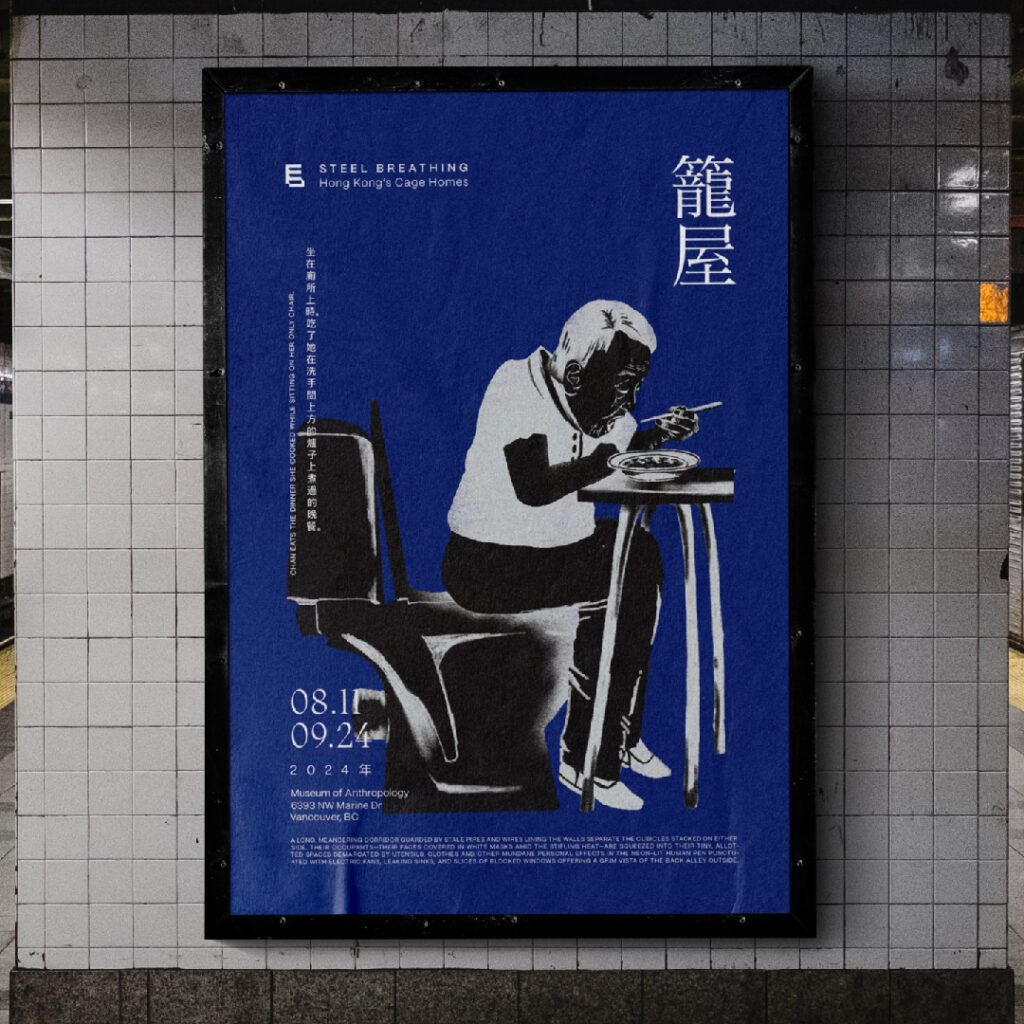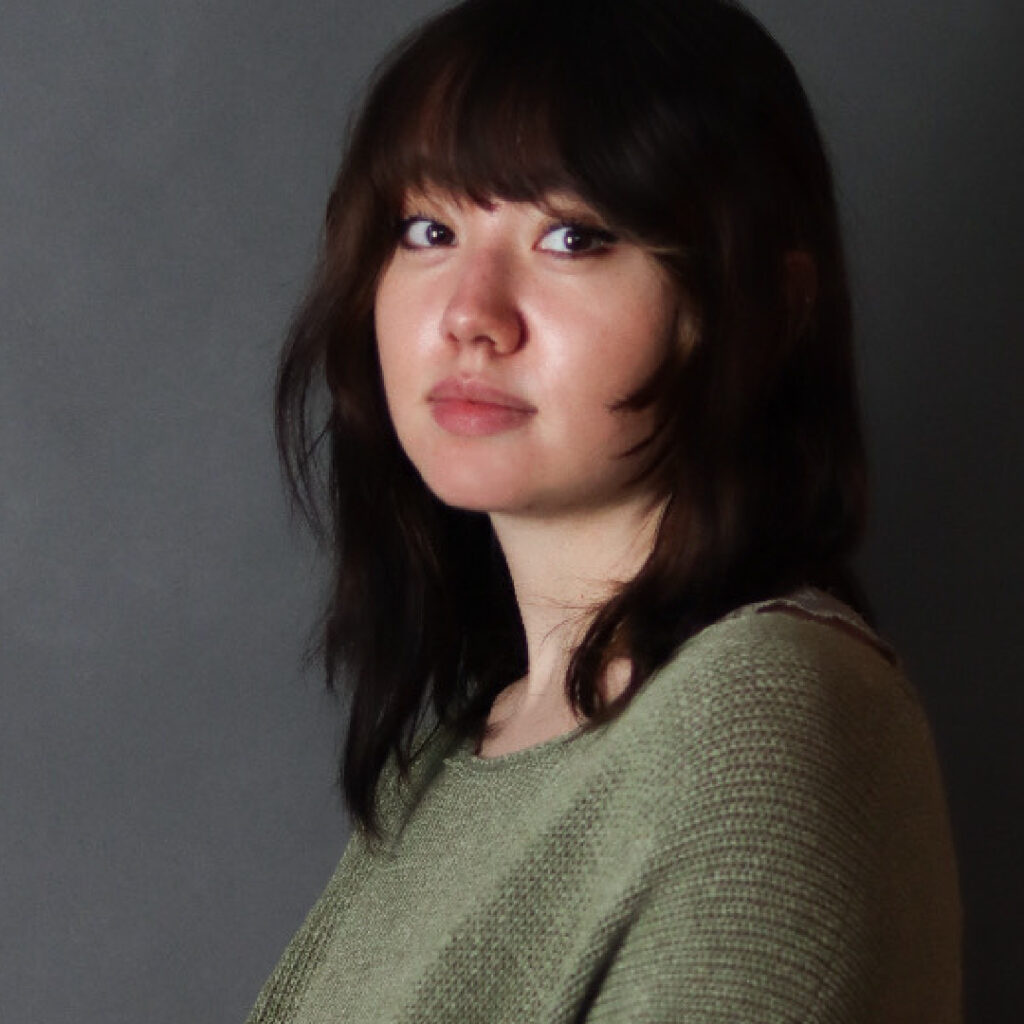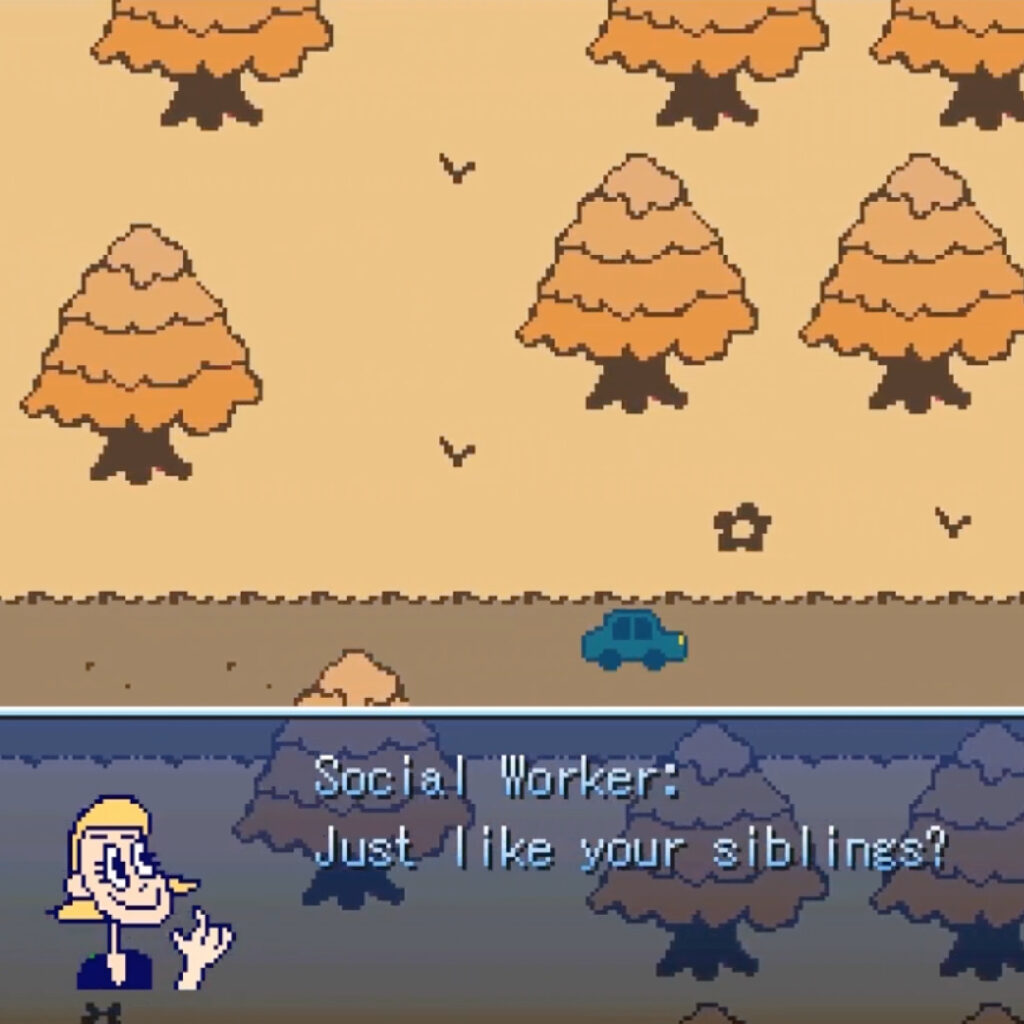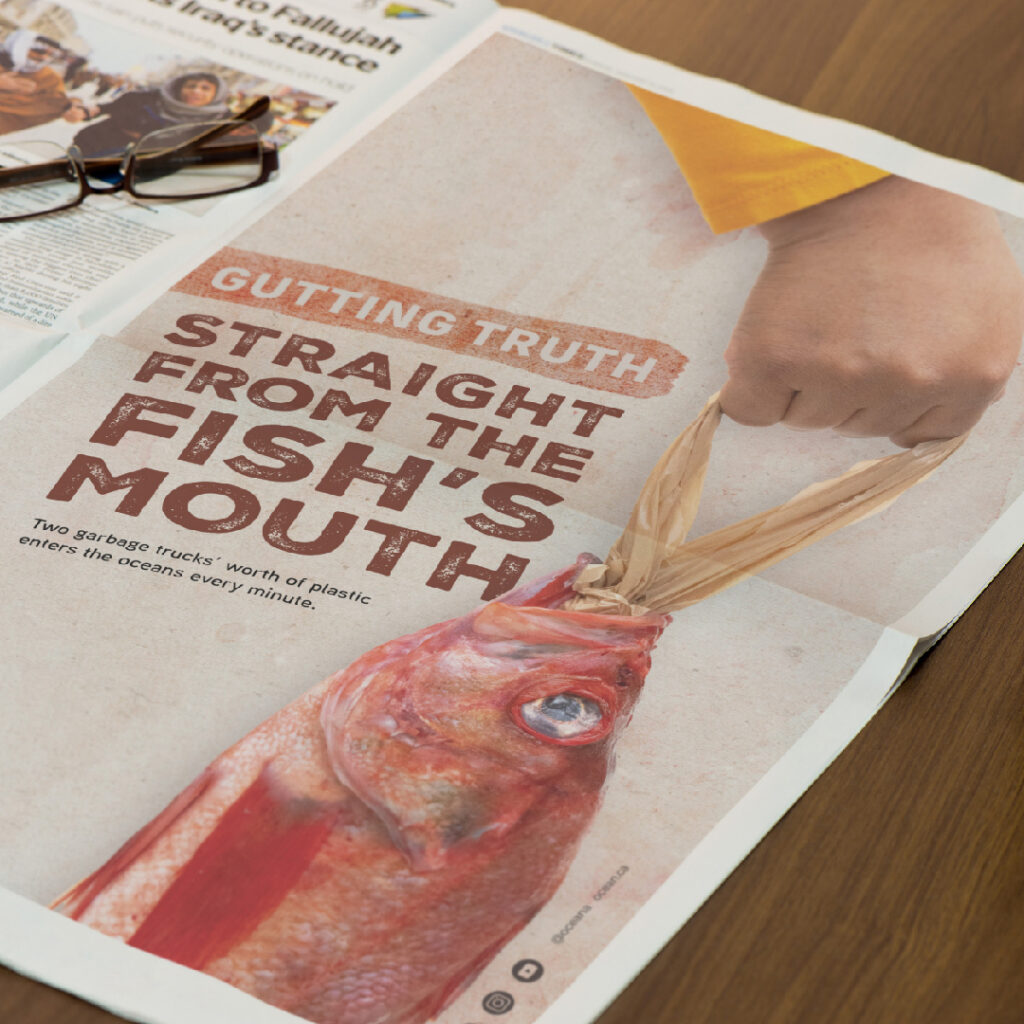
Announcing the Winners of the 39th DesCan Vancouver Salazar Student Awards
The Salazar Awards are presented annually by DesCan Vancouver and founding sponsor MET Fine Printers to talented and inspiring DesCan student members currently enrolled in design programs in BC.
Established in 1985 by DesCan Vancouver (formerly GDC BC), the award was created in honour of Enrique Salazar. Mr. Salazar was one of the founding members of GDC BC and served as its national representative for two years. He was a partner in Salazar Graphics, and taught graphic design at Capilano College until his death in June of 1985. Students receive awards in four categories: Branding, Print, Interactive/UX/UI, and Video/Motion. Supported by MET Fine Printers, $500 is awarded to the top student in each category.
This year’s recipients were announced May 30, 2024 at MET Fine Printers.
The guest speaker for the evening was Susan Mavor, CDP, Principal, Lost & Found Design.
The judges this year were:
Amanda Parker, CDP
President, DesCan Halifax/Moncton
Rod Roodenburg, CDP
Roodenburg Design Consultants, Vancouver
Johnathon Strebly, CDP
Vancouver
Diana Castaneda
UBC Triumf, Vancouver
Jeff Harrison
123W, Vancouver
Here are the Winners and Honourable Mentions in each category:


Branding
Winner:
Cherlin Eggenfellner
Project: Steel Breathing
School: Wilson School of Design @KPU
Instructors: Michael Cober, John Belisle
From Cherlin’s submission:
Branding this exhibit was quite a challenge, as I had to find the teetering balance between an exhibit that accurately represents the uncomfortable topic of poverty, as well as an exhibit that would actually interest the people of Vancouver. This meant that it was crucial to create marketing materials that depicted life in cage homes in a style that immediately draws intrigue, and is human-focused.
I also decided to use an illustrative typographic approach with the Chinese characters for “Cage Home,” to create more cultural relevance with Hong Kong. Furthermore, I sought to maintain a sense of coherence between the promotional materials and the immersive experience awaiting visitors within the exhibit space, by bringing one of these characters into the navigation system.
Once within the exhibit, guests are encouraged to enter an interactive 3D recreation of a cage home. This immersive experience invites visitors to step into the cramped confines, fostering a visceral understanding of the challenges faced by those living in such conditions. In terms of design, I opted for a restrained palette, predominantly black and white, punctuated by the vivid imagery captured by photographers. This minimalist approach served to underscore the raw realities depicted, allowing the photographs to serve as windows into lives often overlooked.
“Winning a Salazar award this year was a testament to the effort my professors had put into teaching me not just how to be a technically proficient designer, but also one that aims to better the world around them.”
—Cherlin Eggenfellner
Honourable Mentions:
Veronika Kansaka
Project: Hop Dies Last
School: Wilson School of Design @KPU
Instructor: Matt Heximer
Bella Sanchez
Project: CWMS
School: Wilson School of Design @KPU
Instructor: Michael Cober
Elias Lemke
Project: British Columbia Society of Landscape Architects
School: Wilson School of Design @KPU
Instructor: Michael Cober
Matteo Ferralasco
Project: Mother Hulda Speakeasy
School: Wilson School of Design @KPU
Instructor: John Belisle


Interactive/UX/UI
Winners:
Scarlett Side, Sophia Pan, Andrew Poystila
Project: The Road Back Home
School: IDEA School of Design
Instructors: Elyssa Schmid, Bracken Corlett
From their submission:
Indigenous children are often taken from their homes and placed in culturally inappropriate solutions which furthers the erasure of Indigenous culture instead of addressing the route of the problem and breaking the cycle.
We have chosen to address this cause with the medium of a video game because it can appropriately convey a complex emotional yet informative story while keeping our target audience highly engaged with the interactive format.
We consulted Indigenous people on our story to ensure it is appropriate and accurate, and collaborated with an Indigenous artist to contribute art. Our target audience is youth and young adults 14-35 who care about social justice and specifically Canadian social issues. Our medium will successfully reach our target market because young adults engage with the nostalgia of a retro video game, and teenagers just like games with those particular retro-indie elements.
Through our medium, We aim to raise awareness regarding systematic discrimination of Canadian child welfare policies which overrepresent Indigenous families. We want to turn focus to some calls to action that could be more prevalent within the general Canadian public’s knowledge. We hope to educate and inspire a generation of young people who are aware of Indigenous issues, with continued reference and passion can work towards creating sustainable, Indigenous-focused, and culturally appropriate solutions (and also put pressure on the government) for the rights of present and future Indigenous families.
“It was an honour being recognized by DesCan; winning this award feels like taking my first steps into the professional design world. I am really lucky to have worked with such talented peers to create an award-worthy project!”
– Scarlett Side
“Thank you to my teammates, our amazing collaborators, and mentors who helped us with this project. I sincerely hope that we work harder as a community to uplift each other and raise awareness into the realities of many Indigenous lives.”
— Sophia Pan
“Receiving this award with my team is an honour as a designer committed to changing perspectives and addressing inadequate systems. Being recognized for this project highlights the ongoing need for support and justice for Indigenous youth.”
— Andrew Poystila
Honourable Mentions:
Zlil Sheloach
Project: Skillbuds
School: BCIT
Instructor: Pauline Lai
Karen Unnsteinsdottir, Carmen Huang
Project: GlucoPal
School: Capilano University
Instructor: Paul Brokenshire


Print
Winner:
Nazeem Junggee
Project: Oceana – Ocean Plastic Pollution Awareness Campaign
School: LaSalle College
Instructor: Michael Simmons
From Nazeem’s submission:
The “Gutting Truth” campaign targets a broad audience, including consumers, businesses, and policymakers, with the aim of raising awareness about plastic pollution in oceans. The campaign’s strategy revolves around shock and education. Visually striking imagery, like a fish with plastic in its guts, grabs attention and highlights the severity of ocean plastic pollution. Simultaneously, concise and catchy text informs viewers about the issue’s magnitude.
The campaign seeks to inspire action, promote responsible consumption, and garner support for Oceana’s conservation efforts. Through impactful visuals and factual information, it aims to drive meaningful change towards a cleaner marine environment. I was responsible for both the conceptual photography and copywriting aspects, ensuring a cohesive and impactful message delivery.
The goal is to prompt viewers to reconsider their consumption habits and support initiatives that work towards a plastic-free ocean. By combining shock value with educational content, the campaign aims to create a lasting impression and motivate individuals, businesses, and policymakers to take concrete steps towards reducing plastic pollution and supporting ocean conservation efforts.
“Winning the Salazar Award for Print and Design is an incredible honour that I deeply value. Being part of Mr. Enrique Salazar’s legacy, especially after hearing his story from his family, is profoundly inspiring. This recognition fuels my passion and reminds me of the powerful impact graphic designers can have in igniting change through visual communication.”
— Nazeem Junggee
Honourable Mentions:
Cali Martin
Project: Van Westen Estate Vineyards
School: Wilson School of Design @KPU
Instructor: Michael Cober
Bella Sanchez
Project: Patronas
School: Wilson School of Design @KPU
Instructor: John Belisle
Cody Garcia
Project: The Responsibility of Every Canadian
School: Wilson School of Design @KPU
Instructor: Michael Cober
Cherlin Eggenfellner
Project: Orca Book
School: Wilson School of Design @KPU
Instructor: Michael Cober


Video & Motion
Winner:
Elias Lemke
Project: Panagraph
School: Wilson School of Design @KPU
Instructor: John Belisle
From Elias’ submission:
Panagraph is a rebrand and revitalization of one of the leading organizations advocating and supporting the preservation of endangered languages through access to and distribution of typefaces and digital keyboards. The main objectives for this project revolve around using applied design to strengthen the Panagraph (originally Languageeek) platform through a new brand identity, website, and awareness campaign.
The new brand conveys the key aspects of Panagraph’s core values, presents them as a trustworthy professional partner, and unites the brand under one consistent visual identity. The project focused on an awareness campaign showcasing the importance of proper digital support for endangered languages and the use case of using these typefaces to help reintroduce the traditional place names of locations around British Columbia. This brand also aligns with the United Nations’ declaration of 2022-2032 as the International Decade for Indigenous Languages, emphasizing the critical need to support linguistic diversity and cultural preservation.
“I am deeply honoured and grateful to receive this award. It’s exciting to see this project gaining recognition, and I hope it sparks greater interest in adding language support to more of the typefaces we use! I would like to thank Kevin King and Typotheque for all their help and support on this project, as well as for their outstanding work in supporting minority languages. I would also like to thank John Belisle for his creative direction.”
— Elias Lemke
Honourable Mentions:
Rowena Huang
Project: Time of Death: 165
School: Wilson School of Design @KPU
Instructor: Michael Cober
Georgia Stone
Project: Residential School Survivor Campaign
School: Wilson School of Design @KPU
Instructor: Michael Cober